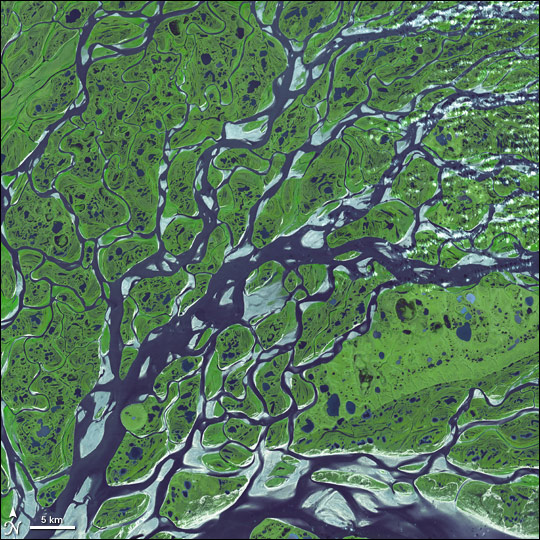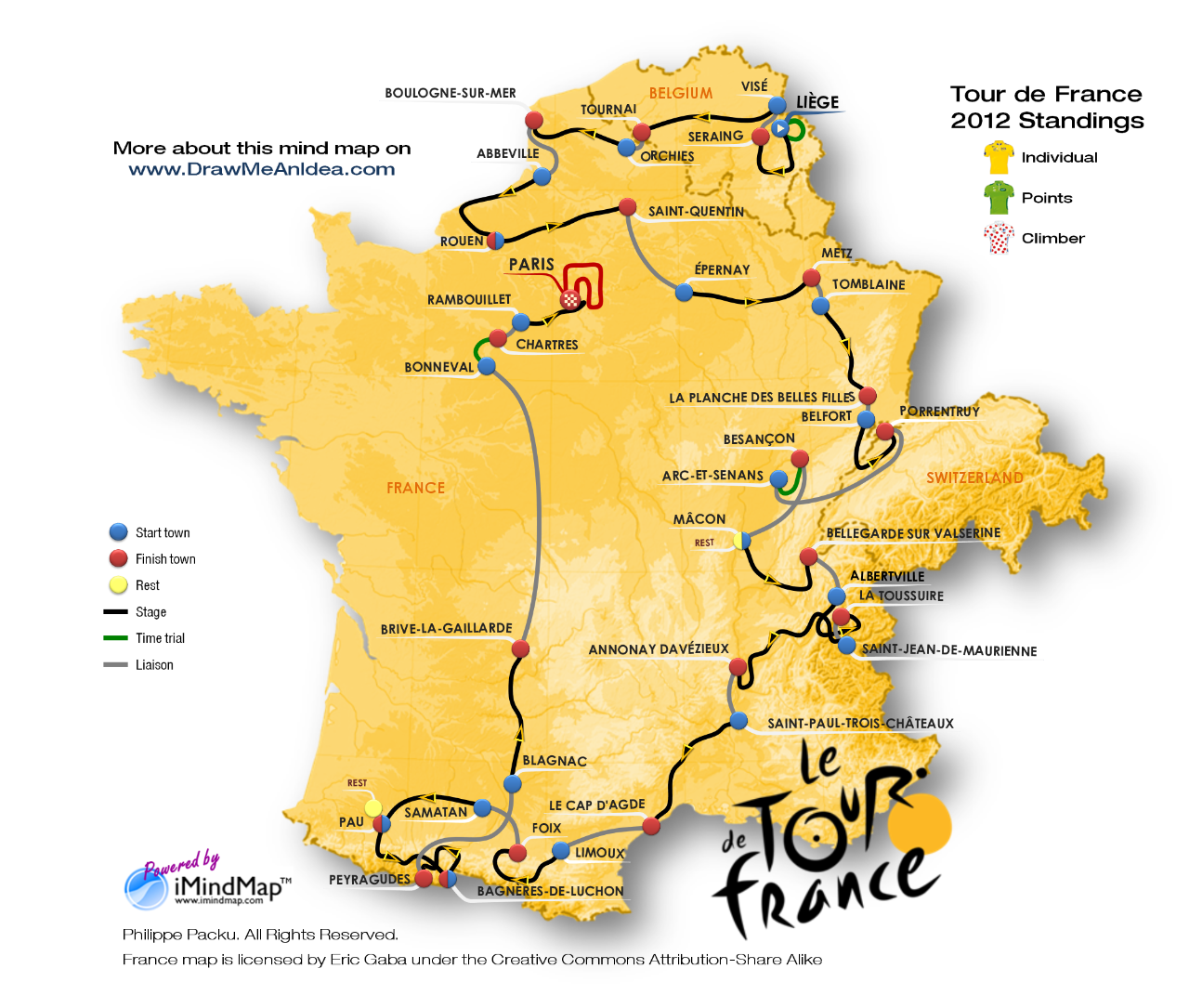 I'm very proud to announce my first eBook "A practical mind map tester" in collaboration with Hans Buskes. It's of course about mind maps but more specially about an easy to use instrument to evaluate how useful they are.
I'm very proud to announce my first eBook "A practical mind map tester" in collaboration with Hans Buskes. It's of course about mind maps but more specially about an easy to use instrument to evaluate how useful they are.This is a great event for me and a totally new experience. Thanks to my peer Hand Buskes (MasterMindMaps) who pushed me in the adventure and the Biggerplate Event at Utrecht where we decided to make it happen, I'm going to publish a first book worldwide.
The book is about mind maps, a domain on which I focused a lot these last years. But the book is not about how to create them. Hundreds of books already exist on the subject and it is very easy to find the answer on the Internet. Moreover, learning how to draw mind maps is not a question of days, not even hours, it can be taught in a few minutes. What is more difficult is to apply the technique efficiently.
The number of mind maps is growing exponentially. A Google search finds you hundreds of millions maps. Because of the vast numbers and the enormous variety, consumers of mind maps are confused. What is a helpful mind map? Which one should I use? How to prevent readers to be frustrated by consuming incorrect, incomplete, unreadable or incomprehensible content? How to ensure mind maps bring a real added value to the information chain?
All these questions about mind maps today, Hans and I have intensively analysed them. Mind maps have become a fantastic mean of communication but like any new medium, it suffers from a lack of maturity. We can rule (or not) the way the diagram must be drawn, it's not enough to ensure that the output will have a good quality and will be useful for the user. It would not be a real concern if everybody was creating mind maps for their personal use. The difficulty comes with the fact that a lot of them are shared with the world hoping it will help.
But then, what is the book actually about? The new book 'A practical mind map tester' introduces a value scan, an easy to use instrument to evaluate how useful a mind map is. It checks whether a mind map in question, whatever the type, is useful and helpful for its consumer. In other words, it tests functionality. It includes five key performance indicators:
But then, what is the book actually about? The new book 'A practical mind map tester' introduces a value scan, an easy to use instrument to evaluate how useful a mind map is. It checks whether a mind map in question, whatever the type, is useful and helpful for its consumer. In other words, it tests functionality. It includes five key performance indicators:
- goal
- information processing
- readability
- understandability
- value
The elements of each individual indicator are described and tested extensively. Many of them are fresh to the mind map community. The scan isn't a final assessment. Following the results, further work can be done to strengthen the mind map making it more valuable to the user. Another possibility is to use the tester during the process of mind mapping, and proactively improve the mind map as you work on it.
Before you can get the book which will be launched first on Apple IBookStore very soon, enjoy this creative mind maps about the book. You can download it on Biggerplate.
Our vision is to bring more value in the domain by seeking for simplicity, usefulness, uniqueness and quality in mind maps that are produced and shared. Our objective is really to connect mind mappers and invite them to evaluate how helpful their mind maps are for users. In that sense, we have designed a very simple to use instrument to operate.
You will notice that the mind map above is made with iMindMap 7, using the new creative branch feature. But in the book, you will find many mind map examples designed with a multitude of software and apps such as Connected Minds, DropMind, Freemind, iThoughts HD, Inspiration, iMindMap, MindMeister, MyThoughts and Mindjet. Our message is clear, we want to invite ALL mind mappers to grow and participate to the future of mind mapping, whatever mind map type they create or mind mapping software they use. That's also the reason why we invited some actors in the domain to express their point of view throughout the book. I want to particularly thank Reinhard Zinburg, Adam Sicinski, Toni Krasnic, Philippe Boukobza, Barry Mapp, Liam Hughes and Susanne Edwards for their contributions.
Note also that one-third of the proceeds of this e-book will be donated to the non-profit organization 'Dessine-moi une idée', whose mission is to increase the efficiency and autonomy of people, especially children, giving them more opportunities to succeed in learning and coping with unusual situations.
 |
| "A practical mind map tester" - Book preview with a creative mind map |
Our vision is to bring more value in the domain by seeking for simplicity, usefulness, uniqueness and quality in mind maps that are produced and shared. Our objective is really to connect mind mappers and invite them to evaluate how helpful their mind maps are for users. In that sense, we have designed a very simple to use instrument to operate.
You will notice that the mind map above is made with iMindMap 7, using the new creative branch feature. But in the book, you will find many mind map examples designed with a multitude of software and apps such as Connected Minds, DropMind, Freemind, iThoughts HD, Inspiration, iMindMap, MindMeister, MyThoughts and Mindjet. Our message is clear, we want to invite ALL mind mappers to grow and participate to the future of mind mapping, whatever mind map type they create or mind mapping software they use. That's also the reason why we invited some actors in the domain to express their point of view throughout the book. I want to particularly thank Reinhard Zinburg, Adam Sicinski, Toni Krasnic, Philippe Boukobza, Barry Mapp, Liam Hughes and Susanne Edwards for their contributions.
Note also that one-third of the proceeds of this e-book will be donated to the non-profit organization 'Dessine-moi une idée', whose mission is to increase the efficiency and autonomy of people, especially children, giving them more opportunities to succeed in learning and coping with unusual situations.
I hope many of you will enjoy the book. I'll meet you on the day of release.
In the meantime,
be creative,
be open-minded,
be open-minded,
be yourself.
















































